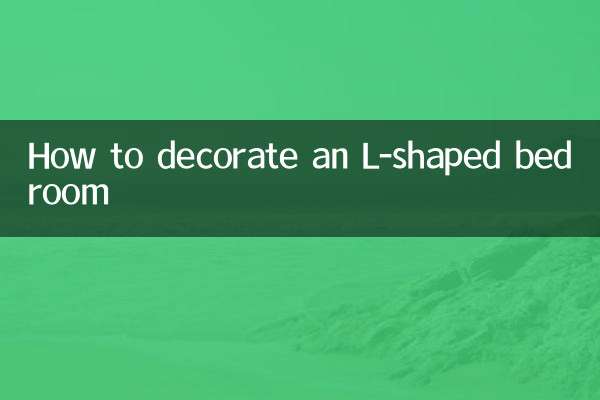How to deal with formaldehyde in new cabinets
Newly purchased cabinets are often accompanied by the pungent smell of formaldehyde, and long-term exposure may be harmful to human health. How to effectively deal with formaldehyde in new cabinets has become a hot issue for many consumers. The following is a comprehensive analysis and solutions on formaldehyde treatment across the Internet in the past 10 days.
1. The hazards and sources of formaldehyde

Formaldehyde is a common indoor pollutant, mainly coming from decoration materials such as boards, adhesives and paints. Long-term exposure to high concentrations of formaldehyde may cause respiratory diseases, skin allergies and even cancer.
| Formaldehyde concentration (mg/m³) | Effect on human body |
|---|---|
| 0.06-0.07 | mild asthma in children |
| 0.1 | Odor and discomfort may be felt |
| 0.5 | Stimulates eyes to shed tears |
| 30 | Cause immediate death |
2. Formaldehyde treatment method for new cabinets
Regarding the formaldehyde problem in new cabinets, the following are the solutions that have received the most attention on the Internet in the past 10 days:
| method | Operation steps | Effect | Things to note |
|---|---|---|---|
| ventilation method | Keep cupboard doors open and room ventilated | Effective within 3-7 days | Requires continuous ventilation |
| Activated carbon adsorption | Place activated carbon packs in the cabinet | Effective in 2-4 weeks | Regular replacement |
| Photocatalyst spray | Spray evenly on the cabinet surface | Effective in 1-2 days | Need light |
| Phytopurification | Place plants such as pothos and spider plants | Effective for a long time | Need sufficient quantity |
| Professional formaldehyde removal service | Please ask a professional company to handle it | effective immediately | higher cost |
3. Comparison of the effects of various methods
Based on user feedback data in the past 10 days, the following comparison table has been compiled:
| method | cost | Effective speed | persistence | Recommendation index |
|---|---|---|---|---|
| ventilation method | free | in | low | ★★★★ |
| activated carbon | low | slow | in | ★★★ |
| Photocatalyst | in | Fast | high | ★★★★★ |
| Phytopurification | low | Extremely slow | in | ★★ |
| Professional aldehyde removal | high | extremely fast | high | ★★★★ |
4. Precautions when handling formaldehyde
1.Initial processing: New cabinets should be disposed of immediately after being purchased. The largest amount of formaldehyde is released in the first 3 days.
2.temperature control: For every 1℃ increase in temperature, the amount of formaldehyde released increases by 0.15-0.37 times, so pay special attention in summer.
3.Humidity management: Humidity exceeding 70% will accelerate the release of formaldehyde, but excessive drying is also not conducive to the dissipation of formaldehyde.
4.Detection and verification: After treatment, it is recommended to use a formaldehyde detector to verify the effect to ensure compliance (≤0.08mg/m³).
5. Formaldehyde release cycle reference
| Board type | Formaldehyde release cycle |
|---|---|
| density board | 3-15 years |
| particle board | 2-10 years |
| plywood | 1-5 years |
| solid wood board | 0.5-1 year |
6. Expert advice
1.Use in combination: It is recommended to combine ventilation + activated carbon + plants for the best effect.
2.Shopping advice: When purchasing, choose E0 or ENF grade environmentally friendly boards, which have lower formaldehyde emissions.
3.Regular maintenance: Even if the initial treatment meets the standards, the formaldehyde concentration in the cabinet should be checked regularly.
4.Sensitive groups: If there are pregnant women, children or the elderly at home, more stringent formaldehyde removal measures should be taken.
Through the above methods, you can effectively reduce the formaldehyde content of new cabinets and create a safe and healthy home environment for your family. Remember, dealing with formaldehyde requires patience and continued attention, not rush.

check the details

check the details